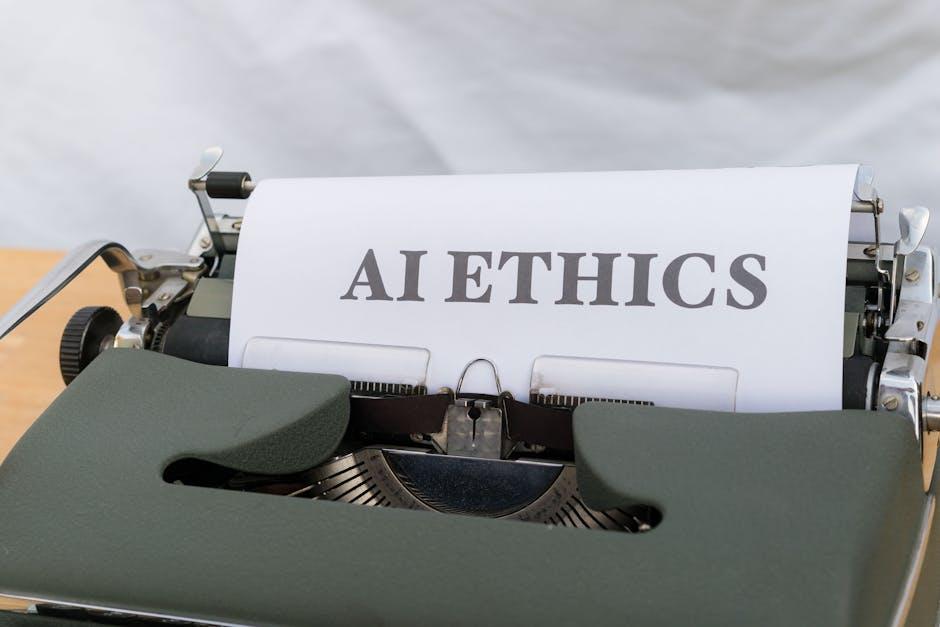Designing Ethical AI Frameworks for Business Applications
As artificial intelligence (AI) continues to revolutionize business landscapes, the imperative to design ethical AI frameworks has never been more critical. Companies leveraging AI for decision-making, automation, and customer engagement must ensure their systems operate responsibly, transparently, and fairly. This comprehensive guide explores the core principles, benefits, and best practices for developing ethical AI frameworks tailored to business applications, helping you stay ahead in a rapidly evolving technological era.
Why Ethical AI Frameworks Matter in Business
Integrating AI into business applications offers immense opportunities-from improving efficiency to personalizing customer experiences. However, unethical AI implementations can cause severe reputational damage, regulatory penalties, and even legal consequences. Creating an ethical AI framework ensures companies:
- Mitigate risks of bias and discrimination
- Enhance transparency and customer trust
- Comply with emerging data privacy and AI regulations
- Promote accountable and inclusive technology use
- Drive sustainable innovation with societal benefit in mind
Core Principles for Designing Ethical AI Frameworks
Building a responsible AI framework in business begins with adhering to foundational ethical principles. Key pillars include:
1. Fairness & Non-Discrimination
Ensure AI models do not perpetuate bias by auditing data sets for representation and testing for discriminatory outcomes across demographics.
2. Transparency & Explainability
Make AI-driven decisions understandable to stakeholders, providing clear explanations of how algorithms reach conclusions.
3. Privacy & Data Protection
Adhere to data privacy laws such as GDPR and CCPA by anonymizing customer data and securing consent for data usage.
4. Accountability & Governance
Define clear ownership of AI outputs and establish review boards or ethics committees to oversee AI deployments.
5. Safety & Security
Implement robust safeguards against adversarial attacks, data breaches, and AI system failures to protect users and infrastructure.
Practical Steps to Implement Ethical AI in Business
Designing ethical AI frameworks requires concrete actions that integrate these principles throughout the AI lifecycle. Follow these practical tips:
- Conduct Ethical Risk Assessments: Evaluate potential harms from AI decisions before deployment.
- Diverse & Inclusive Teams: Engage cross-functional stakeholders, including ethicists, legal experts, and affected communities.
- Continuous Monitoring: Track AI in use for unintended biases or errant behavior and update models regularly.
- Use Explainability Tools: Incorporate techniques like LIME or SHAP to provide insights into AI decision paths.
- Clear Documentation: Maintain detailed records for data sources, model design, and decision rationale for transparency.
- Adopt Ethical AI Frameworks & Standards: Utilize established guidelines such as IEEE’s Ethically Aligned Design or EU AI Act requirements.
Benefits of Ethical AI Frameworks in Business
Implementing an ethical AI framework reaps numerous advantages:
| Benefit | Description |
|---|---|
| Enhanced Customer Trust | Transparent AI builds confidence in how customers’ data and decisions are handled. |
| Regulatory Compliance | Reduces risk of fines or shutdowns by aligning with legal mandates on AI and data. |
| Improved Decision Quality | Fair and unbiased AI outputs improve overall business outcomes and user satisfaction. |
| Brand Differentiation | Ethical AI positions companies as responsible innovators and industry leaders. |
| Risk Mitigation | Limits exposure to reputational damage from AI failures or unethical behavior. |
Case Study: Ethical AI in a Retail Company
Company: SmartShopper Retail
Challenge: SmartShopper implemented AI-powered recommendation engines to personalize shopping but faced backlash over biased product suggestions leading to exclusion of minority-owned brands.
Solution: The company redesigned its AI framework by:
- Auditing data for underrepresented vendors
- Incorporating fairness algorithms that balance recommendations
- Deploying transparency reports explaining how products were selected
- Setting up an ethics review panel to oversee AI updates
Outcome: Within six months, consumer complaints dropped by 40%, diversity in featured vendors increased by 25%, and brand reputation scores improved measurably.
Common Challenges & How to Overcome Them
Designing ethical AI for business isn’t without hurdles. Common challenges include:
- Identifying and Correcting Data Bias: Use diverse datasets and regular audits with bias detection tools like IBM AI Fairness 360.
- Balancing Explainability with Complexity: Pair complex models with surrogate interpretable models or rule-based explanations.
- Keeping Pace with Regulations: Monitor evolving laws and engage legal counsel specializing in AI compliance.
- Aligning Stakeholders: Foster ongoing dialogue across teams to ensure shared understanding of ethical goals.
Conclusion: Toward Responsible AI Adoption in Business
Designing ethical AI frameworks for business applications is not just a regulatory checkbox-it’s a strategic imperative that safeguards reputation, fosters innovation, and nurtures customer trust. By embracing fairness, transparency, accountability, and privacy from the start, organizations can unlock AI’s full potential while upholding societal values and legal requirements. Whether you’re just starting your AI journey or seeking to refine existing systems, investing in ethical AI design lays the foundation for sustainable success in an AI-driven world.
Ready to make your AI projects ethically sound and business-ready? Start by auditing your data, assembling diverse teams, and adopting transparent governance policies today.











